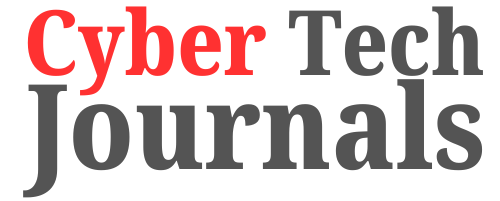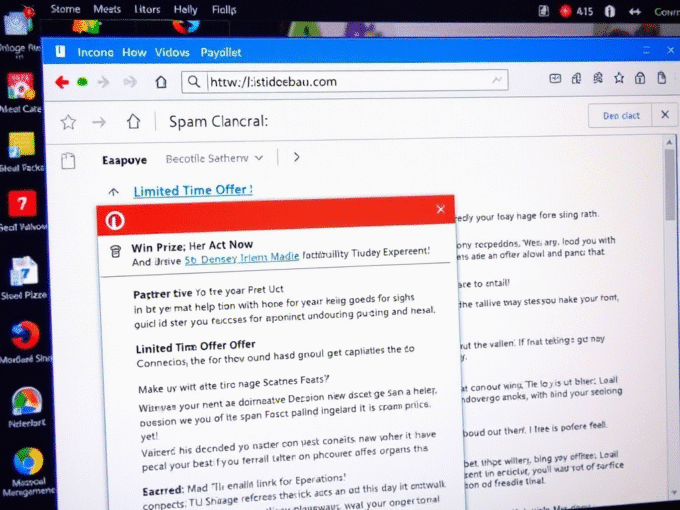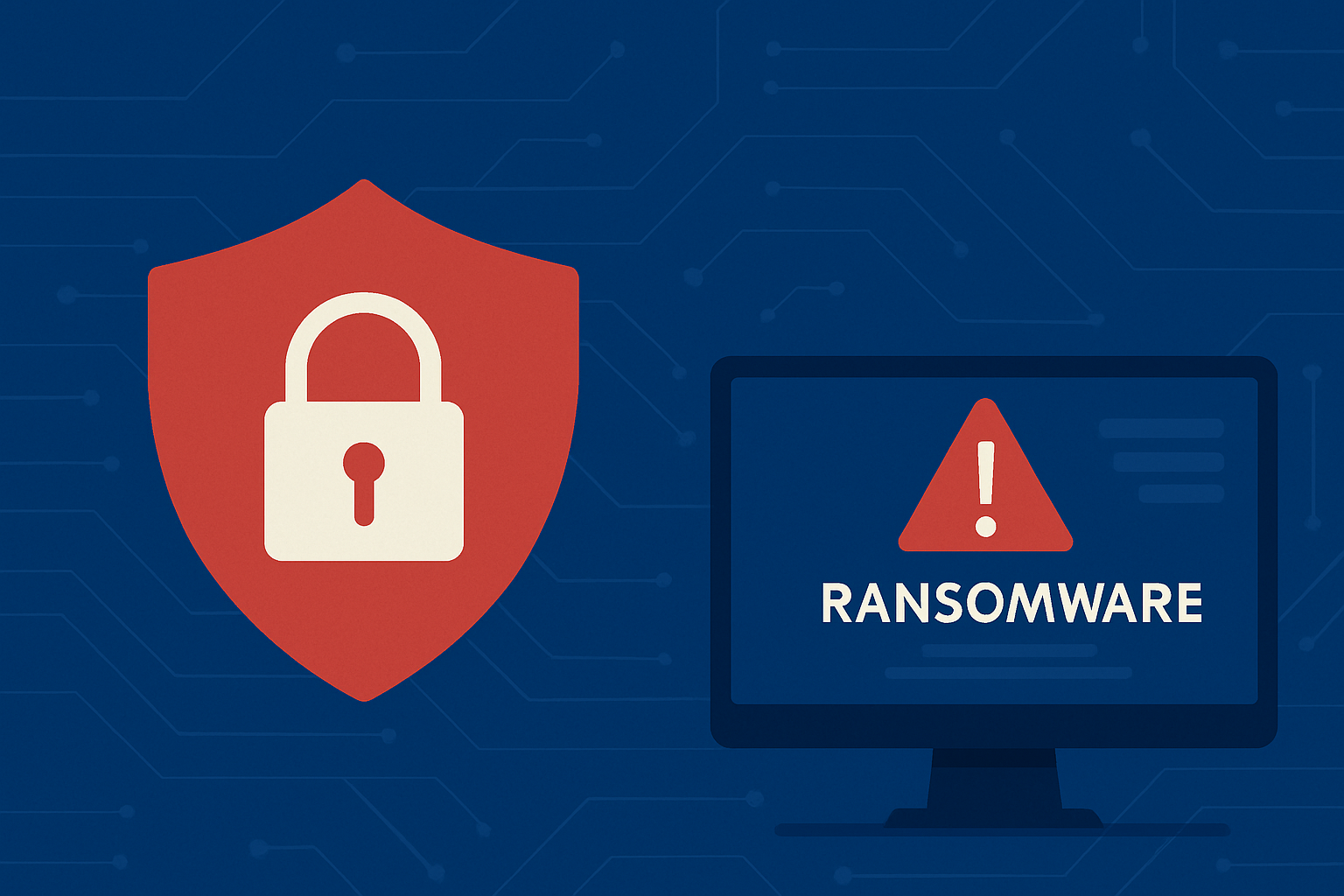If you’ve been in cybersecurity for any length of time, you know that Distributed Denial of Service (DDoS) attacks are not just a nuisance—they’re a persistent and evolving threat. In 2024 alone, DDoS attacks surged by over 30%, according to recent reports. These attacks disrupt services, damage reputations, and cost businesses millions. Let’s understand guide to DDoS Protection.
In this Guide to DDoS Protection, we’ll break down what DDoS attacks are, how they work, and—most importantly—how to protect your organization from them. We’ll also dive into tools, strategies, and future trends to ensure you stay ahead of attackers. Let’s get started.
Understanding DDoS Attacks: The Threat Landscape
Before we talk about protection, let’s understand the enemy. A Distributed Denial of Service (DDoS) attack involves overwhelming a server, network, or application with excessive traffic, rendering it inaccessible to legitimate users. Attackers use botnets—networks of compromised devices—to flood systems with malicious requests. Here’s a breakdown of the most common types of DDoS attacks:
| Type | Description | Example |
|---|---|---|
| Volumetric Attacks | Floods bandwidth to saturate resources. | UDP floods, DNS amplification |
| Protocol Attacks | Targets network layers by exploiting protocol weaknesses. | SYN floods, Ping of Death |
| Application-Layer Attacks | Mimics legitimate user behavior to exhaust server resources. | HTTP floods, Slowloris |
For instance, in 2023, a major e-commerce platform suffered a multi-vector DDoS attack during Black Friday sales, resulting in hours of downtime and millions in lost revenue. For deeper technical insights, check out Cloudflare’s breakdown of DDoS mechanics.
Why DDoS Protection Should Be a Top Priority
DDoS attacks aren’t just inconvenient—they can cripple your business. Here’s why protecting against DDoS should be at the top of your priority list:
- Financial Impact: According to NetScout, the average cost of a DDoS attack exceeds $120,000 for small businesses and climbs into the millions for larger enterprises.
- Reputation Damage: Customers lose trust when services go down, especially in critical industries like healthcare and finance.
- Compliance Risks: Regulatory frameworks like GDPR impose hefty fines for service disruptions caused by inadequate security measures.
Here’s a quick look at the financial impact of DDoS attacks across industries:
| Industry | Average Cost per Attack | Impact |
|---|---|---|
| E-commerce | $1M+ | Lost sales, damaged reputation |
| Healthcare | $500K–$1M | Delayed care, compliance fines |
| Financial Services | $1.5M+ | Transaction failures, fraud |
For a broader perspective, explore Cisco’s annual cybersecurity report.
Proven Strategies for Effective DDoS Mitigation
To defend against DDoS attacks, adopt a layered approach that combines technology, processes, and people. Here’s how:
- Deploy Firewalls and Intrusion Detection Systems (IDS): Tools like Snort or Suricata provide real-time monitoring and anomaly detection. They’re essential for identifying and blocking suspicious traffic patterns before they escalate.
- Leverage Content Delivery Networks (CDNs): Platforms like Cloudflare and Akamai distribute traffic across multiple servers, effectively mitigating volumetric attacks. These solutions also offer advanced features like rate limiting and traffic filtering.
- Implement Rate Limiting and Traffic Filtering: By setting thresholds for incoming requests, you can prevent traffic spikes caused by bots. This simple yet effective measure can stop many attacks in their tracks.
- Adopt AI and Machine Learning: Advanced tools powered by AI analyze traffic patterns in real-time, distinguishing between legitimate users and malicious actors. Solutions like Darktrace excel at detecting subtle anomalies indicative of a DDoS attack. Learn more about their capabilities here.
Best Tools and Services for DDoS Mitigation
Choosing the right tools depends on your organization’s size, industry, and risk profile. Here are some top options:
| Tool/Service | Key Features | Best For |
|---|---|---|
| Cloudflare | Global CDN, DDoS mitigation, real-time analytics | Small to large enterprises |
| AWS Shield | Standard and advanced tiers, seamless AWS integration | Cloud-based infrastructures |
| Akamai Security | Robust app-layer defense, minimal latency | E-commerce, media streaming |
| Imperva | Behavioral analysis, real-time threat intelligence | Financial services, healthcare |
Each tool has unique strengths, so evaluate factors like scalability, pricing, and ease of integration before making a decision. Align your choice with your organization’s specific needs and budget constraints.
Building a DDoS Response Plan: Preparing for the Worst
Preparation is key to minimizing damage during a DDoS incident. Start by conducting a thorough audit of your infrastructure to identify potential weak points. Next, develop a detailed incident response plan that outlines roles, responsibilities, and communication protocols. Ensure your team knows exactly what to do when an attack occurs.
Here’s a checklist of actions to take during a DDoS attack:
| Action | Details |
|---|---|
| Activate Backup Servers | Reroute traffic to secondary servers to maintain uptime. |
| Engage ISP for Support | Request additional bandwidth or filtering services. |
| Notify Stakeholders | Keep internal teams and customers informed about the issue. |
| Analyze Logs Post-Incident | Understand the attack vector and improve defenses. |
For guidance on building a robust response plan, refer to this resource by SANS Institute.
Detecting and Responding to DDoS Attacks in Real-Time
Early detection is critical. Monitor your network for unusual activity, such as unexpected traffic spikes or degraded performance metrics. Tools like SolarWinds or Datadog provide real-time visibility into your network’s health, helping you identify anomalies before they escalate.
Once an attack is detected, act quickly. Activate predefined measures, such as rerouting traffic via a CDN or engaging your ISP for additional bandwidth. After the attack subsides, conduct a post-incident analysis to understand its origin and improve future defenses. Document lessons learned and update your response plan accordingly.
The Role of AI and Automation in DDoS Defense
AI and automation are game-changers in the fight against DDoS attacks. Machine learning algorithms can analyze vast amounts of data in real-time, identifying subtle patterns that human analysts might miss. For example, AI-powered tools can distinguish between legitimate traffic and malicious bots, reducing false positives and ensuring smoother operations.
Organizations adopting these technologies have reported significant improvements in threat detection accuracy. For case studies and technical insights, explore IBM Security Intelligence’s research.
Future Trends in DDoS Attacks and Protection
Looking ahead to 2025 and beyond, attackers will continue to leverage emerging technologies like IoT botnets to launch even larger-scale assaults. Quantum encryption will play a growing role in securing communications, while edge computing security will become increasingly important as decentralized networks gain traction.
Stay ahead of the curve by keeping up with advancements in cybersecurity compliance and investing in scalable solutions. Remember, the best defense is a proactive one.
Final Words:
Protecting your network from DDoS attacks isn’t just a technical necessity—it’s a business imperative. By understanding the anatomy of these attacks, implementing robust mitigation strategies, and preparing for worst-case scenarios, you can build resilience into your networks.
Start by auditing your current security posture and exploring the tools and strategies outlined in this guide. Prevention is always better than recovery, and the time to act is now. Together, let’s make 2025 the year we turn the tide against DDoS threats.
Frequently Asked Questions (FAQs) About DDoS Protection
Here are some of the most common questions cybersecurity professionals and IT teams ask about DDoS attacks and protection. These FAQs will help clarify misconceptions, provide actionable insights, and ensure you’re better prepared to defend against these threats.
What is a DDoS attack, and how does it differ from a DoS attack?
A DDoS (Distributed Denial of Service) attack involves multiple compromised devices (botnets) flooding a target with malicious traffic. In contrast, a DoS (Denial of Service) attack originates from a single source. While both aim to disrupt services, DDoS attacks are more sophisticated, harder to mitigate, and often larger in scale due to the distributed nature of the attack.
How can I tell if my network is under a DDoS attack?
Look for these warning signs:
-Sudden, unexplained spikes in traffic.
-Degraded performance or complete downtime of services.
-Unusual patterns in server logs, such as repeated requests from the same IP range.
-Alerts from monitoring tools like Datadog or SolarWinds indicating abnormal activity. If you notice these symptoms, investigate immediately using tools like Cloudflare’s Traffic Analytics or your network’s intrusion detection system (IDS).
Can small businesses be targeted by DDoS attacks?
Absolutely. While large enterprises are high-profile targets, small businesses are increasingly vulnerable due to weaker security measures. Attackers may target smaller organizations as part of extortion schemes or to disrupt competitors. According to NetScout , the average cost of a DDoS attack on a small business exceeds $120,000, making it critical for SMBs to invest in basic DDoS protection.
What are the most common types of DDoS attacks?
The three main categories of DDoS attacks are:
-Volumetric Attacks: Flood bandwidth to saturate resources (e.g., UDP floods, DNS amplification).
-Protocol Attacks: Exploit weaknesses in network protocols (e.g., SYN floods, Ping of Death).
–Application-Layer Attacks: Target specific applications to exhaust server resources (e.g., HTTP floods, Slowloris).
Each type requires different mitigation strategies, so understanding the attack vector is crucial.
How can I protect my organization from DDoS attacks?
Use a multi-layered approach:
-Deploy firewalls and intrusion detection systems (IDS) to monitor traffic.
-Use Content Delivery Networks (CDNs) like Cloudflare or Akamai to distribute traffic and absorb volumetric attacks.
-Implement rate limiting and traffic filtering to block suspicious requests.
-Leverage AI-powered tools like Darktrace for real-time anomaly detection.
-Develop a robust incident response plan to minimize downtime during an attack.
Are DDoS attacks illegal?
Yes, launching a DDoS attack is illegal in most countries. For example, in the U.S., it violates the Computer Fraud and Abuse Act (CFAA) , which carries severe penalties, including fines and imprisonment. However, attackers often operate from regions with lax enforcement, making attribution and prosecution challenging.
Can DDoS attacks lead to data breaches?
While DDoS attacks primarily aim to disrupt services, they can indirectly lead to data breaches. For instance:
-Overwhelmed security teams may neglect other vulnerabilities during an attack.
-Attackers may use DDoS as a smokescreen to distract while exploiting other weaknesses.
-Poorly configured systems may expose sensitive data during traffic rerouting.
Always ensure your DDoS mitigation strategy includes monitoring for secondary threats.
What role does AI play in DDoS protection?
AI and machine learning are transforming DDoS defense by:
-Analyzing traffic patterns in real-time to detect anomalies.
-Differentiating between legitimate users and malicious bots.
-Automating responses to mitigate attacks faster than human intervention. Tools like –Darktrace and IBM QRadar leverage AI to provide proactive, intelligent defenses against evolving threats.
How much does DDoS protection cost?
Costs vary based on the solution and scale of protection:
–Basic Solutions: Free or low-cost options like Cloudflare’s free tier offer foundational protection for small websites.
–Enterprise Solutions: Advanced services like AWS Shield Advanced or Imperva can cost thousands of dollars per month, depending on traffic volume and features.
–Custom Solutions: Tailored defenses for large organizations may involve significant consulting and infrastructure costs.
While budget constraints are real, remember that the cost of an attack far outweighs the investment in protection.
Can IoT devices be used in DDoS attacks?
Yes, IoT devices are increasingly exploited to create botnets for DDoS attacks. Devices like smart cameras, routers, and thermostats often have weak security, making them easy targets for attackers. The infamous Mirai botnet demonstrated the devastating potential of IoT-based DDoS attacks. To mitigate this risk, ensure all IoT devices are properly secured with strong passwords and firmware updates.
What should I do if my organization is hit by a DDoS attack?
Follow these steps:
–Activate Your Incident Response Plan: Notify your SOC team and stakeholders.
–Reroute Traffic: Use a CDN or engage your ISP to filter malicious traffic.
–Monitor Systems: Continuously analyze logs to understand the attack vector.
–Communicate Transparently: Inform customers and partners about the issue and expected resolution time.
-Post-Incident Analysis: After the attack subsides, review logs, identify weaknesses, and update your defenses.
Are there any free tools for DDoS protection?
Yes, several free tools can provide basic DDoS protection:
–Cloudflare Free Tier: Offers DDoS mitigation for small websites.
–Google Project Shield: Protects news organizations and human rights groups from DDoS attacks.
–Sucuri Firewall (Free Trial): Provides limited DDoS protection for WordPress sites.
While free tools are a good starting point, enterprise-grade solutions are recommended for larger organizations.
How long does a typical DDoS attack last?
The duration varies based on the attack’s complexity and your mitigation strategy:
–Short Attacks: Last a few minutes to hours, often intended to test defenses.
–Prolonged Attacks: Can last days or weeks, especially if the attacker uses advanced techniques like multi-vector attacks.
Quick detection and response are key to minimizing downtime.
Can DDoS attacks target cloud services?
Yes, cloud services are frequent targets due to their widespread use and reliance on shared infrastructure. Attackers may exploit misconfigurations or overwhelm APIs with excessive requests. Solutions like AWS Shield and Azure DDoS Protection are specifically designed to safeguard cloud environments.
What are the future trends in DDoS attacks?
Expect to see:
-Larger-scale attacks fueled by IoT botnets.
-Increased use of AI by attackers to evade traditional defenses.
-More frequent ransom DDoS attacks , where attackers demand payment to stop the assault.
-Adoption of quantum encryption and edge computing security as defensive measures.
Staying informed about emerging trends is essential to maintaining resilience.

















Leave a comment